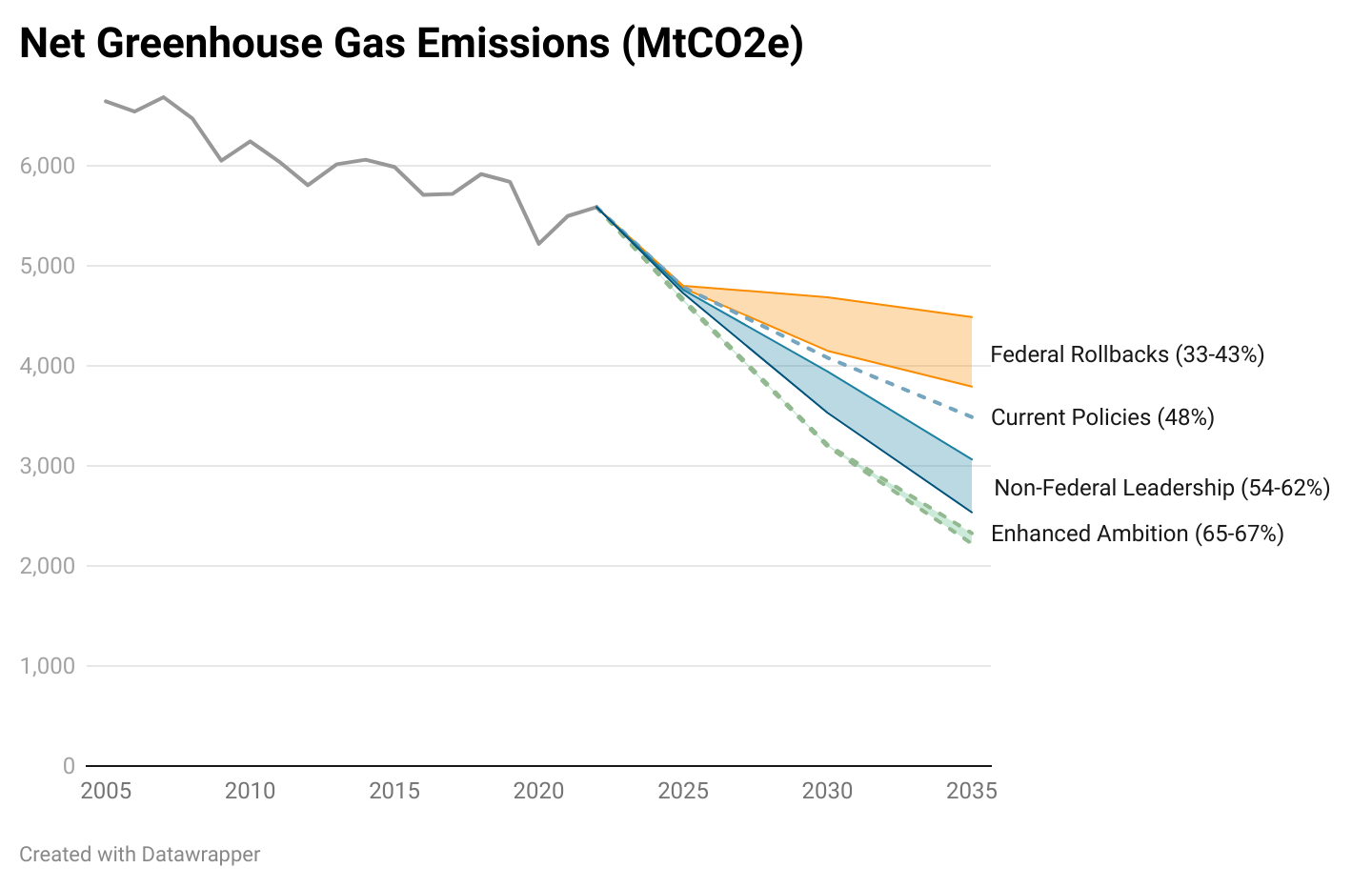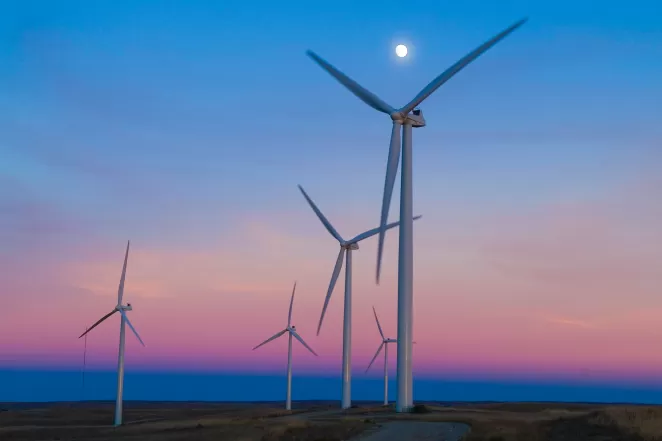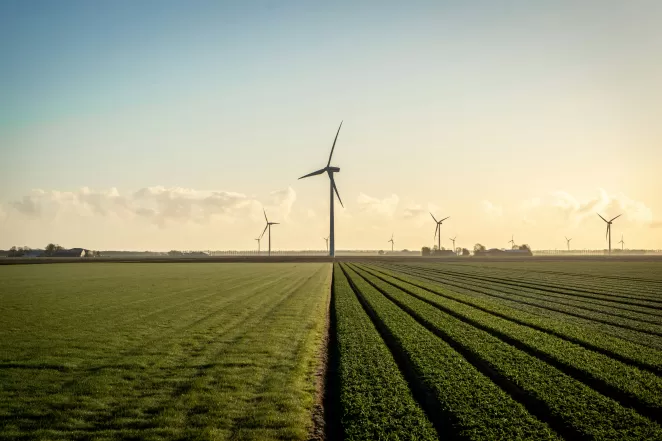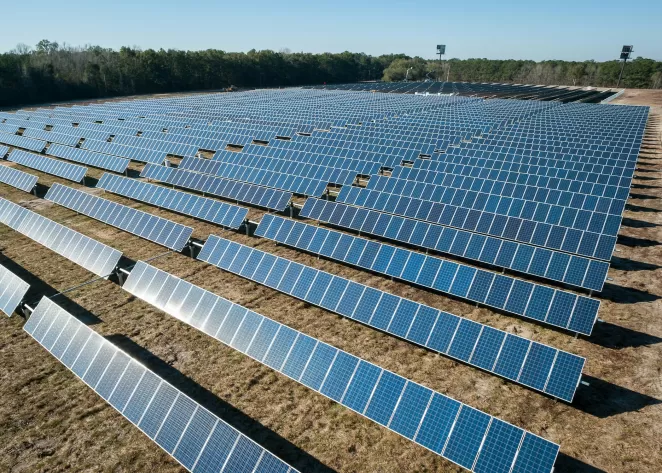Advancing U.S. Climate Action under Federal Policy Rollbacks

Key Takeaways:
Strong non-federal leadership has the potential to counteract much of federal inaction or rollbacks. Under enhanced non-federal actions and varying levels of federal climate policy rollbacks or inaction, the United States could achieve 54-62% emissions reductions by 2035, making it possible to achieve the 2035 U.S. NDC.
If the U.S. federal government rolls back key climate regulations and legislation and non-federal actors do not strengthen existing policies, the United States would only achieve 33-43% GHG emissions reductions relative to 2005 levels by 2035.
On January 20, 2025, President Trump signed an executive order to withdraw the United States from the Paris Agreement again, leaving a void in U.S. climate leadership on an international scale. However, U.S. climate action will not come to a standstill. The new U.S. climate target, or nationally determined contribution (NDC), of a 61-66% reduction in greenhouse gas (GHG) emissions by 2035 from 2005 levels, could continue to serve as the “North Star” for non-federal actors to pursue ambitious climate action in the United States.
In the coming months, expansive federal rollbacks of climate policies, regulations, and legislation are possible, given recent executive orders, precedent under the previous Trump administration, and stated targets in policy planning documents.
In the face of weakened federal climate action, non-federal actors can help bridge the gap and build progress toward the global climate goals needed to mitigate the worst impacts of climate change. Analyses by the Center for Global Sustainability (CGS), which utilize a field-leading, economy-wide model with explicit representation of both federal and non-federal U.S. climate action, have represented U.S. climate pathways under a range of possible ambition levels and repeatedly demonstrated the critical role of non-federal actors in achieving high-ambition climate targets.

Figure 1. GHG emissions across scenarios. The Federal Rollbacks scenario achieves a range of 33%-43% GHG emissions reductions relative to 2005 levels by 2035 based on different assumptions about the extent of federal rollbacks. The Non-Federal Leadership scenario achieves 54-62% emissions reductions by 2035. The Current Policies and Enhanced Ambition scenarios achieve 48% and 65-67% reductions by 2035, respectively. Historical emissions data are taken from EPA’s 2021 greenhouse gas inventory, which uses the 100-year global warming potential to convert non-CO2 gases into CO2 equivalent.





